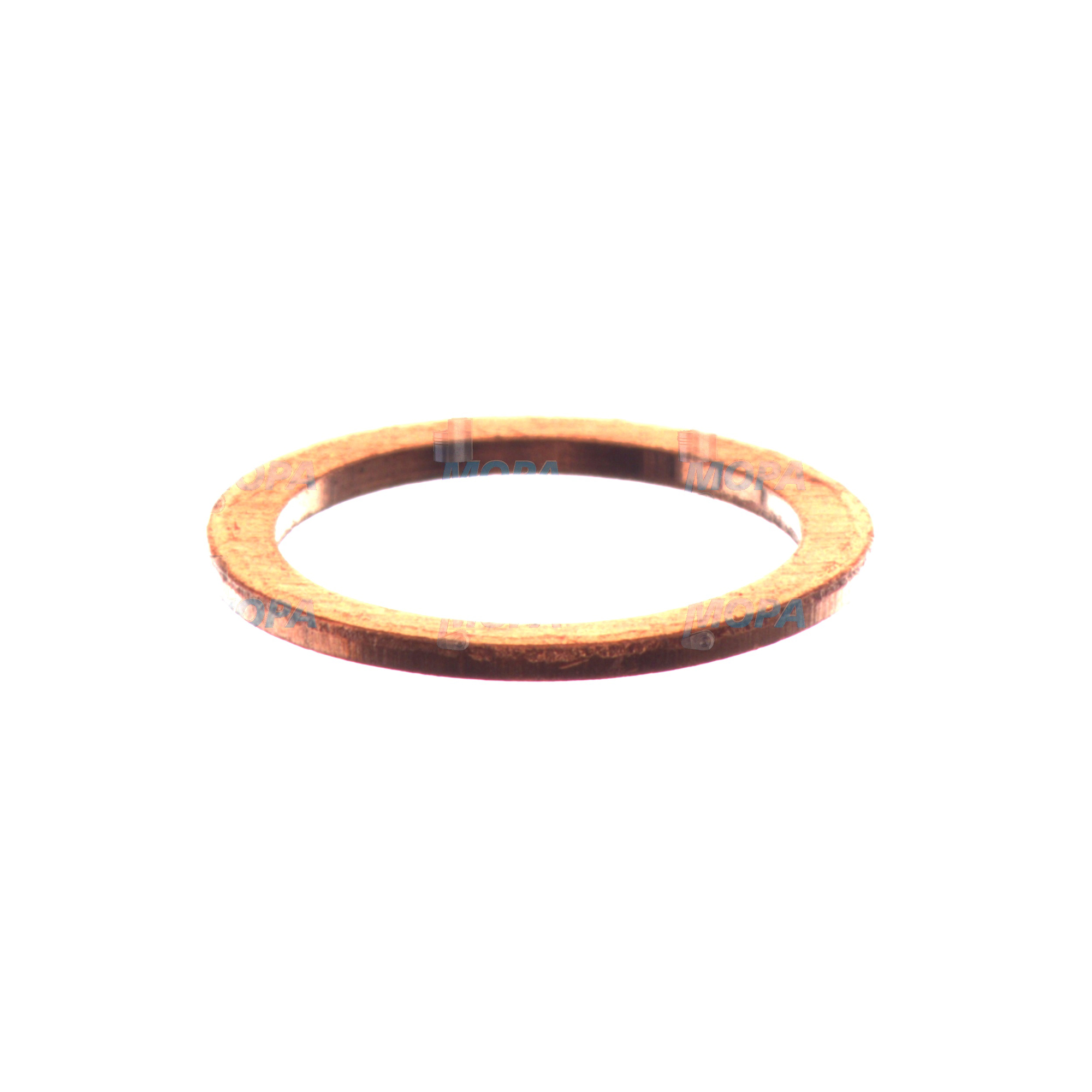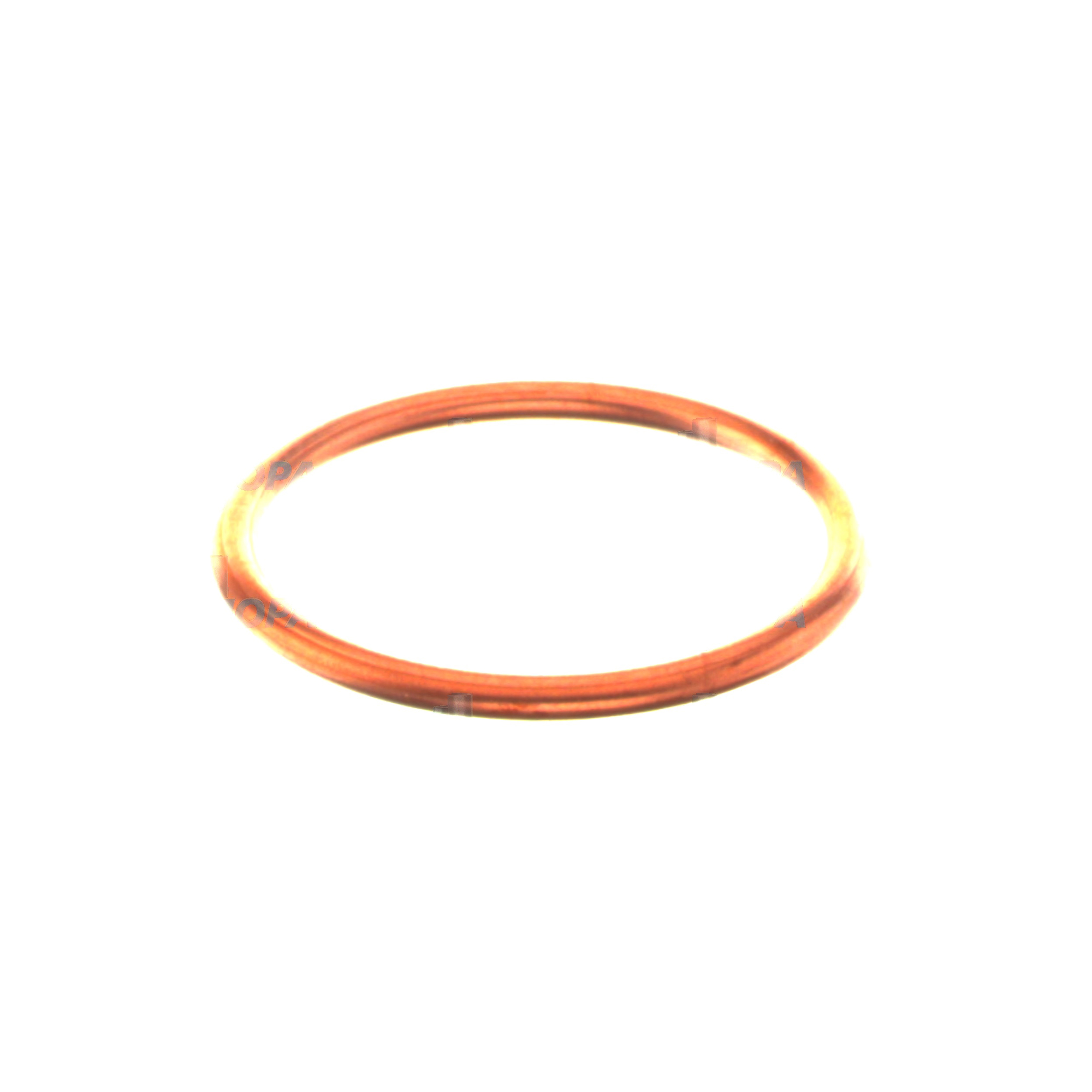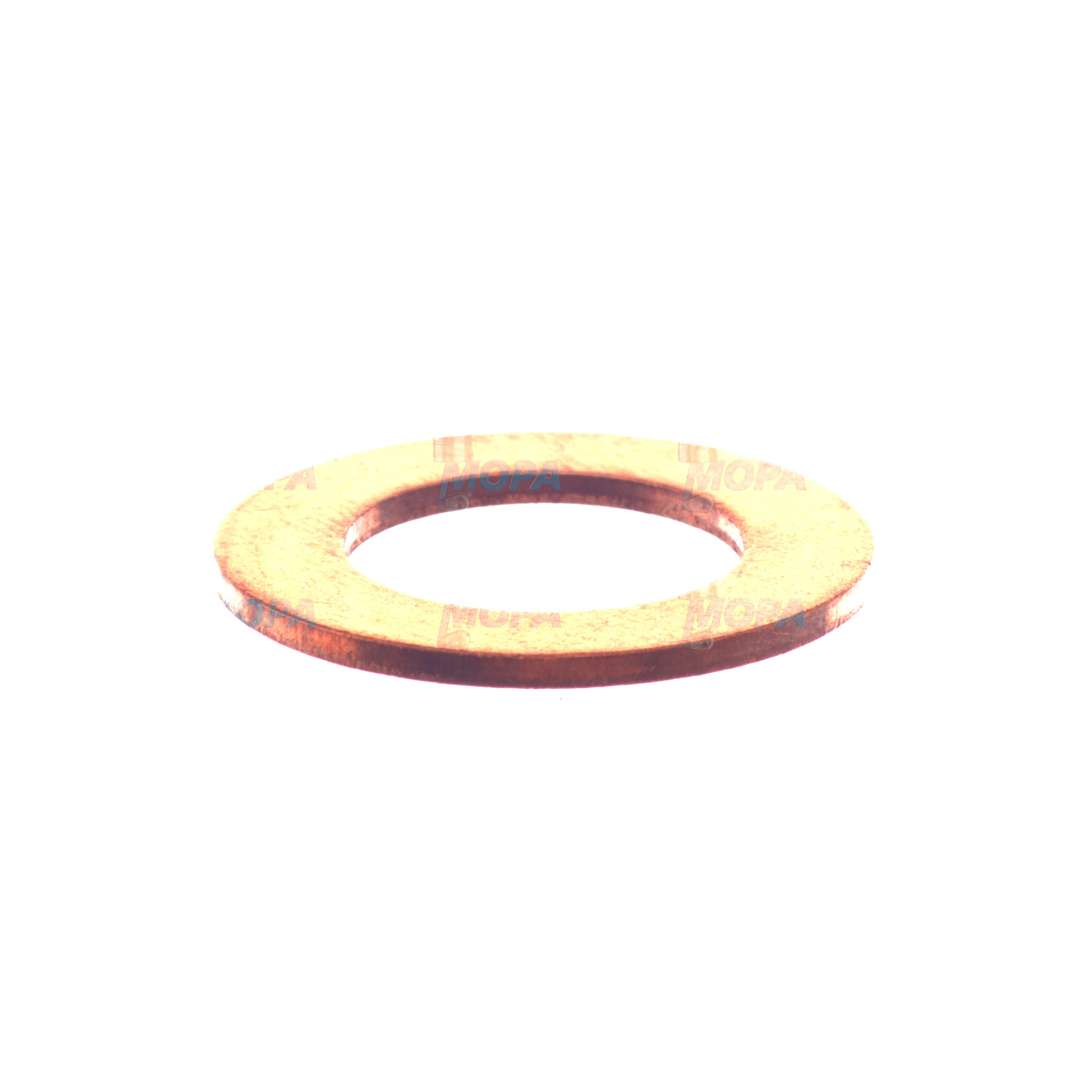SEALING RING and Gaskets for Marine and Diesel Engines
Gaskets are precision sealing components that create reliable, pressure-tight interfaces between mating engine parts. From cylinder head gaskets to turbocharger and exhaust manifold gaskets, and from liner sealing rings to fuel, oil, and coolant system seals, they prevent cross-contamination and losses of fluids and gases. In every high-output powerplant—whether a marine engine pushing a vessel across oceans or a stationary genset driving critical loads—gaskets are fundamental to safe, efficient, and durable operation.
As part of the broader sealing system, gaskets must compensate for surface irregularities, withstand thermal cycles and vibration, and hold stable clamp loads. Correct selection and condition of these parts directly influences compression, emissions, lubricant cleanliness, cooling efficiency, and ultimately the total cost of ownership. That is why technical buyers and superintendents treat the article category “Gaskets” as a strategic spare parts class, not a consumable afterthought.
How Gaskets and the SEALING RING work in a diesel engine
In a diesel engine, gaskets form static seals between rigid components—cylinder head to block, manifold to head, charge-air cooler to piping—while a SEALING RING typically provides an elastomeric or metal-elastomer barrier in grooves, recesses, or flanges. Together they contain combustion pressure, isolate fluids, and stabilize torsional and thermal loading across joints.
The cylinder head gasket is a multilayer or composite structure that maintains gas-tightness under peak firing pressure and transient temperature spikes. It manages bolt preload distribution, compensates for micro-roughness, and prevents coolant or oil intrusion into the combustion chamber. Exhaust and turbo gaskets keep hot gases within the flow path, protecting nearby components and preserving turbine efficiency. A SEALING RING in a marine engine commonly sits under the cylinder liner as a water-jacket seal, or in fuel system unions and filter heads, where it resists diesel, biofuel blends, and high-pressure pulsation. In lubrication circuits, sealing rings and gaskets prevent aeration and pressure loss that could starve bearings at high load.
Material choice is application-driven: multilayer steel (MLS) for head gaskets; graphite or spiral-wound for high-temperature flanges; PTFE, FKM (Viton), NBR, and HNBR for a SEALING RING exposed to oils, fuels, or coolants; and fiber-reinforced composites where compliance and chemical resistance are both needed. These designs are validated to endure pressure cycling, creep relaxation, and flange movement, ensuring stable sealing over thousands of operating hours.
Key characteristics and advantages of Gaskets and SEALING RING solutions
· Gas‑tight sealing under peak cylinder pressures.
· Chemical compatibility with diesel, gas, and coolant media.
· Thermal stability for continuous high-load operation.
· Controlled compressibility for consistent clamp load.
· Resistance to vibration, flange movement, and creep.
· Precise fit for OEM parts tolerances and surface finishes.
· Reduced leakage risk, emissions, and unplanned downtime.
Why Gaskets are critical for engine reliability and service life
Fault-free sealing protects every major subsystem. A compromised head gasket can cause compression loss, hot gas leakage, and localized overheating, accelerating wear on pistons, valves, and liners. Coolant-to-oil cross-leaks dilute lubricants, strip additive packages, and lead to bearing damage. Exhaust gasket leaks reduce turbo efficiency and can increase fuel consumption and EGTs, while also introducing safety risks in confined engine rooms. On the fluid side, a worn SEALING RING in a diesel engine fuel circuit may allow micro-leaks that drop rail pressure, degrade atomization, and elevate soot formation—shortening service intervals and raising emissions.
In marine applications, where uptime and compliance are non-negotiable, small gasket failures become big operational problems: unplanned port calls, clean-up of contaminated bilges, and costly root-cause investigations. Keeping gaskets within dimensional and material specifications maintains stable compression ratios, clean lubrication, predictable thermal behavior, and long overhaul intervals—direct drivers of reliability and lifecycle value.
Advantages of OEM spare parts suitable for Gaskets and SEALING RING OEM parts
Gaskets and SEALING RING OEM parts are engineered to the exact surface finishes, flange stiffness, bolt patterns, and thermal expansion characteristics of the engine family. That precision matters. Correct bead geometry on an MLS head gasket, the right graphite density in an exhaust gasket, or an FKM compound with the specified durometer in a SEALING RING can be the difference between a clean, dry joint and a persistent weep.
Using OEM spare parts suitable for Gaskets delivers measurable benefits across performance, reliability, budget, and service life:
· Consistent clamp load retention minimizes re-torque and rework.
· Certified materials match heat, pressure, and chemical exposure profiles.
· Tight dimensional tolerances reduce assembly time and leakage risk.
· Proven durability extends intervals between top-end and hot-section maintenance.
· Stable sealing preserves turbo efficiency, fuel economy, and emissions compliance.
· Lower total cost through fewer call-backs, less downtime, and predictable parts planning.
For high-value assets—marine propulsion, auxiliary gensets, and industrial power—these factors accumulate into significant operational savings and risk reduction.
MOPA: your partner for OEM spare parts Gaskets and SEALING RING solutions
MOPA supplies OEM spare parts Gaskets and SEALING RING components for diesel and gas engines with a focus on speed, quality, and security. Our network provides rapid availability for critical sealing items—head and manifold gaskets, liner sealing rings, fuel and oil system seals—supported by traceable documentation and batch control. Purchasers and superintendents rely on MOPA for responsive quotations, accurate picking, and dependable lead times, minimizing layover and off-hire risk.
Whether you need a SEALING RING for a marine engine cooling liner, a turbo flange gasket for a high-output diesel engine, or a complete top-end gasket set, MOPA streamlines procurement with technical clarity and consistent product quality.
Conclusion: Gaskets and SEALING RING performance matters
Gaskets are core to engine integrity, keeping combustion pressures contained and fluids separated so that performance, efficiency, and safety stay on spec. Choosing OEM spare parts suitable for Gaskets and the right SEALING RING OEM parts safeguards reliability, optimizes maintenance budgets, and extends service life across marine and industrial power applications.








